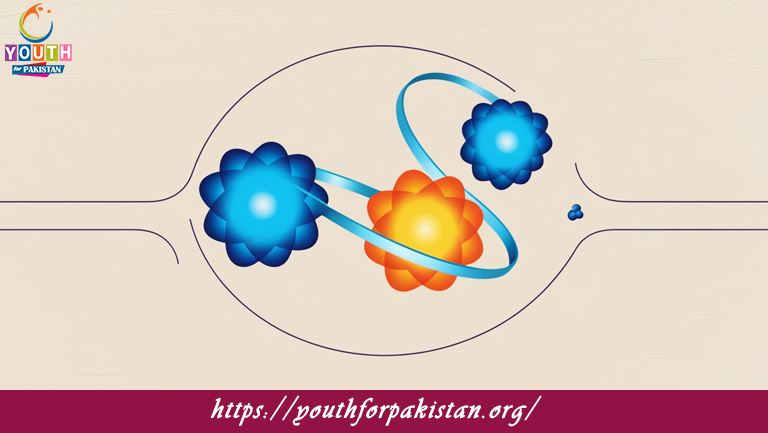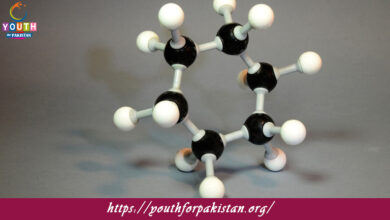Ionic Character Of Covalent Bond MDCAT Quiz with Answers

Ionic Character Of Covalent Bond MDCAT Quiz: the extent to which a covalent bond exhibits ionic properties. Although covalent bonds involve the sharing of electrons, many covalent bonds have some degree of ionic character, meaning that the electrons are not shared equally between the atoms. The concept is important for understanding bond polarity and the physical and chemical properties of molecules. A deep understanding of ionic character is necessary for answering questions in the MDCAT Quiz, specifically those related to the nature of chemical bonds and molecular behavior.
H2: Factors Affecting Ionic Character
The ionic character of a covalent bond is determined by the difference in electronegativity between the two atoms forming the bond. The larger the difference in electronegativity, the more ionic the bond. If one atom has a much higher electronegativity than the other, then the more electronegative atom will pull the shared electrons more towards itself, thus creating a partial negative charge on that atom and a partial positive charge on the other. For instance, in hydrogen chloride (HCl), chlorine is highly electronegative compared to hydrogen; thus, the bond is quite ionic in character, though still covalent. The ionic character increases with an increasing difference in electronegativity between the atoms.
H3: Quiz on Ionic Character of Covalent Bond
The MDCAT Quiz on Ionic Character of Covalent Bonds will assess the student’s ability in predicting the degree of ionic character in different covalent bonds based on electronegativity differences. Students will be tested on their ability to analyze molecules like HCl, HF, and CO₂ for ionic and covalent properties. It will also include questions on how ionic character affects the physical properties of compounds, including melting points, boiling points, solubility, and electrical conductivity. These practice quiz questions will enable students to clearly understand the concept of ionic character and to be better prepared for related questions in the MDCAT exam.
H3: Free Flashcard for Ionic Character of Covalent Bond
MDCAT students can use the Free Flashcards on this topic to reinforce their understanding of the ionic character of covalent bonds. The flashcards clearly explain, with examples, how the difference in electronegativity affects the ionic character in a bond and give examples of molecules showing varying degrees of ionic character. These should be regularly reviewed so that the learner achieves fluency in the identification of ionic bonds and prediction of the properties of compounds formed by covalent bonds. It is great for quick revision before the MDCAT exam or even just to solidify your understanding of bond polarity and ionic character.

In a covalent bond, when electrons are shared unequally, it results in ________.
partial ionic character

A covalent bond with low ionic character is usually found between ________.
atoms of similar electronegativity

A molecule with polar covalent bonds and high ionic character will have a ________ dipole moment.
strong

Covalent bonds with some ionic character are responsible for ________ properties of substances.
polar
Experience the real exam environment with our expertly designed collection of over 25,000 MCQs MDCAT Mock Tests.





